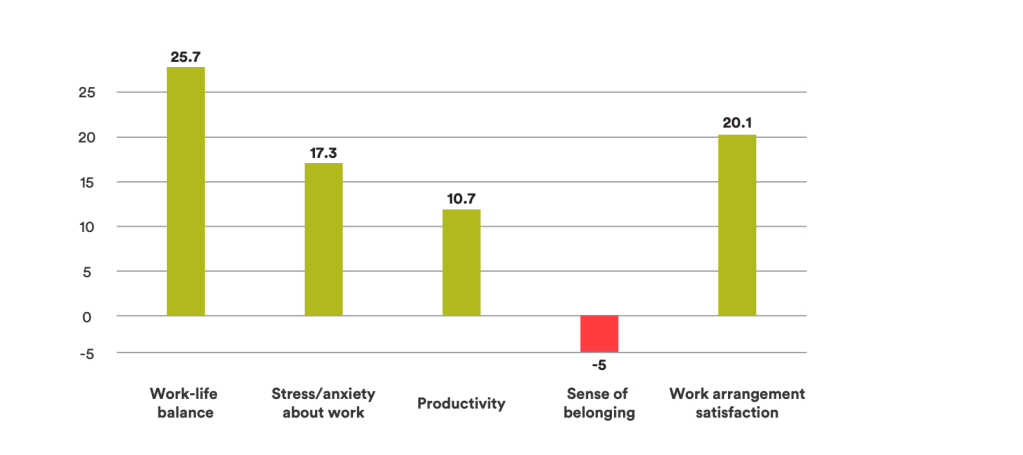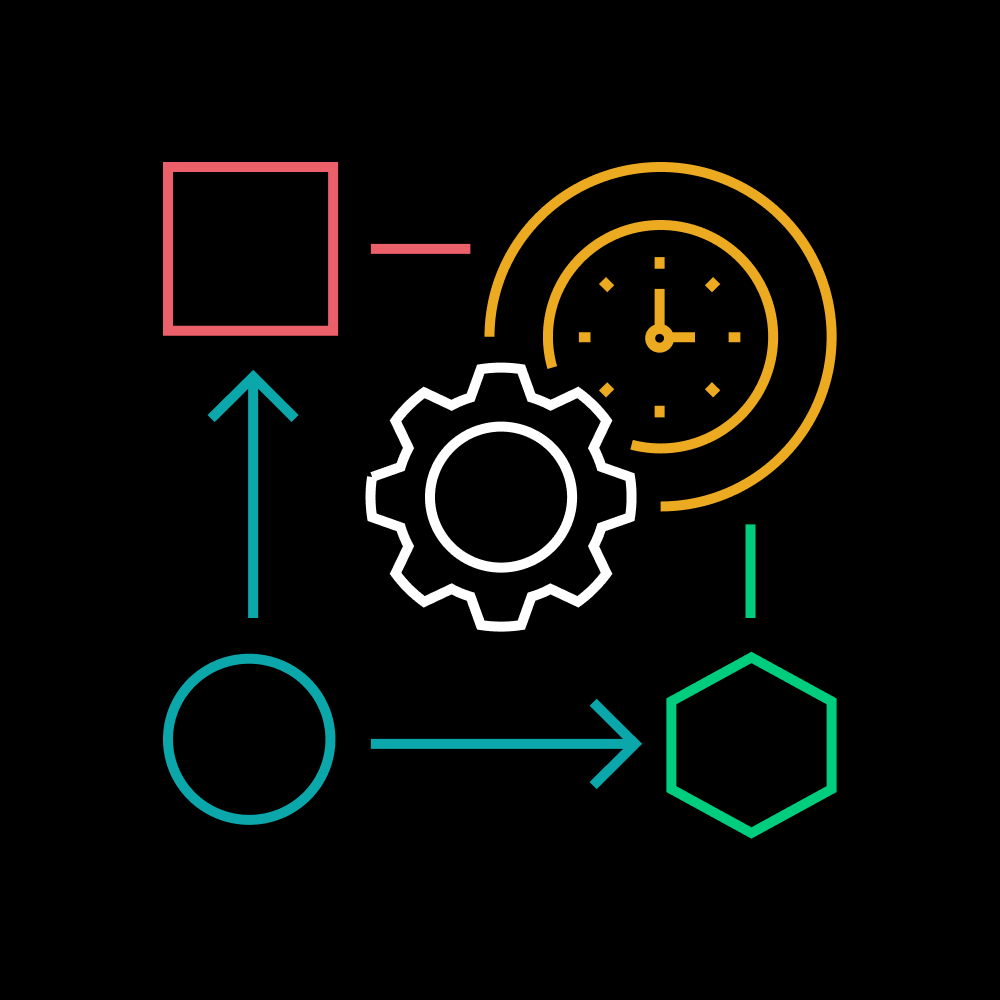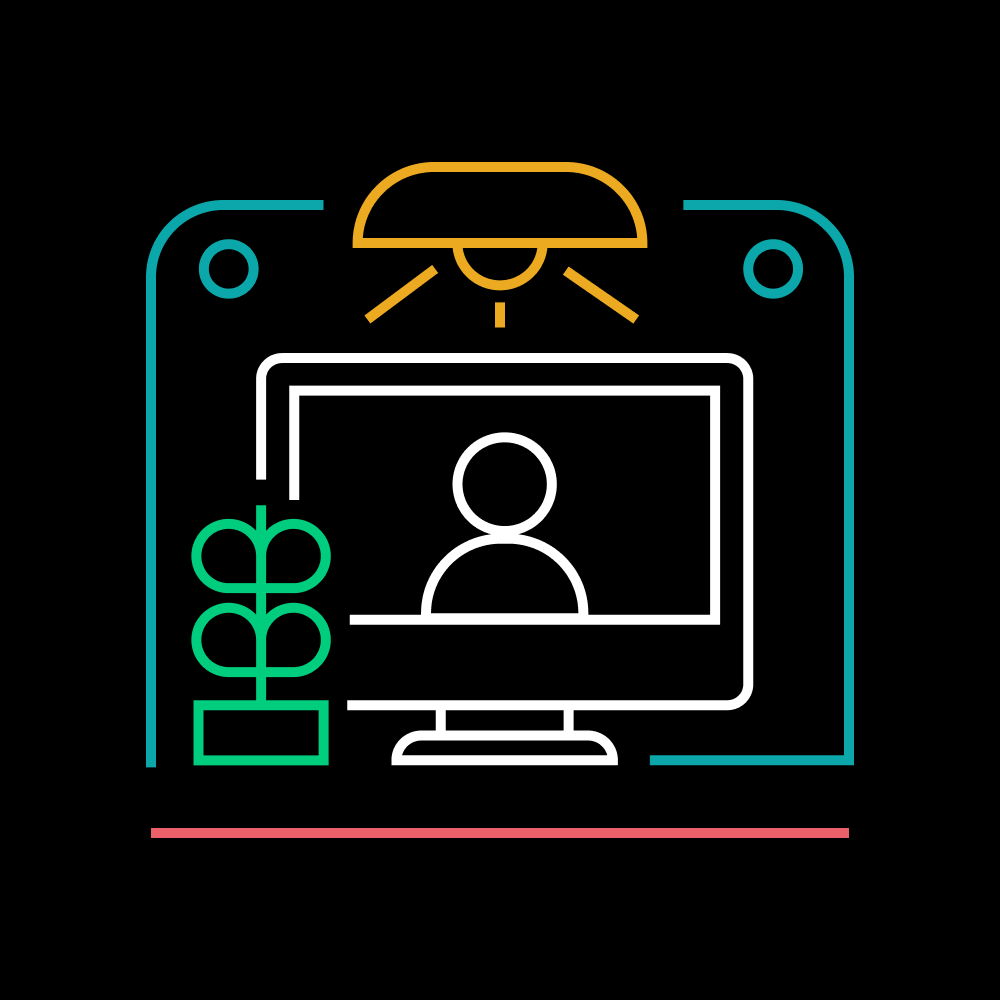
Findings from the Remote Employee Experience Index
The Future Forum launches the Remote Employee Experience Index to help organizations redesign work
Posted October 7, 2020 by Brian Elliott
Office buildings have always been much more than physical spaces—they’re an industrial-revolution-era foundation for how we think about work. They long provided the organizing principles for how work should happen.
Going to work meant joining your colleagues in a building from 9 to 5, with dedicated space for each functional group and the execs on the top floor. Collaboration meant a whiteboard and conversation dominated by the most assertive voices. Making a decision meant calling a meeting of the leadership team. And culture meant all the behaviors and norms—good and bad—that happened in that traditional setting.
Instead of questioning whether this was the best way to work and build successful teams, we used the office as a crutch. We didn’t think through all the possibilities of the working experience because we limited our options to what would work in an office, despite an explosion of tools that made effective collaboration from a distance possible and accessible to many.
The pandemic has given us a golden opportunity to redesign the world of work. We have no choice but to work differently. We must establish new organizing principles that enable a wholesale redesign of the places we use for work, the experience of our people, and the processes we use to run efficiently.
That’s why the Future Forum is launching the Remote Employee Experience Index, a new quarterly report that will provide the data and analysis that organizations need to navigate this new world of work. To access the full global report, click here.
The 5 key elements of the working experience
The Remote Employee Experience Index is based on data from 4,700 workers in the U.S., the U.K., France, Germany, Japan and Australia who are primarily working remotely. It measures five key perceptual elements of the remote working experience:
To assess the impact of working remotely, each element is scored on a 5-point scale, from “much better” to “much worse” than working in the office, with the midpoint being “about the same as working in the office.” The highest possible index score of +100 would indicate that, in aggregate, all remote knowledge workers feel much better about all elements of the Index. A neutral score of 0 would indicate no net change, and a score of –100 would indicate that employees feel much worse about working from home across each element.
Results of the inaugural Index
The first set of data from the Index shows that, globally, knowledge workers are generally more satisfied with working remotely than they were with office-based work (+13.8). The biggest increases are seen in:
- Work-life balance (+25.7)
- Satisfaction with working arrangement (+20.1)
- Managing work-related stress and anxiety (+17.3)
- Productivity (+10.7)

This data shows that most knowledge workers are happier working remotely than they were in the office. They don’t want to go back to the old way of working. Only 11.6% say they want to return to full-time office work, while 72.2% want a hybrid remote-office model.
The data also carries a warning. The one element where most knowledge workers are less satisfied is their sense of belonging (–5.0). Organizations should invest in fostering connection between employees, as these bonds are vital to the long-term health of teams.
Dispelling remote work myths
While the aggregate-level Index data provides useful directional information, the true benefit comes from deep dives that explore the experience of different groups of workers, the practices they adopt, and the benefits their companies provide. These deep dives offer a view into the complex challenges organizations face in adapting to a working model in which remote work plays a prominent role.
In many cases, the necessary changes appear counterintuitive. This is because the move to remote work en masse is fundamentally rewriting the rules of work. The attempt to “lift and shift” office norms into the virtual world is proving to be woefully inadequate. The Index shows that successfully reinventing an organization to meet the challenges of remote working requires more than incremental adaptations. It demands wholesale change and a radically new mindset.
Here are five of the biggest myths about remote work that the Index dispels.
Myth No. 1: Workers crave the 9-to-5 routine of working in the office
Reality: Office-based norms have long imposed a relatively uniform insistence that work happens primarily 9-to-5. Companies have generally chosen to continue following this logic into the remote world. However, the Index shows that one of the single biggest factors that influences a positive remote experience is the ability to break free of the 9-to-5 and instead work a flexible schedule.
Workers who have the option of working a flexible schedule score higher across every element of the Index than those made to continue working 9-to-5. The positive impact on elements such as work-life balance (+23.0) is not surprising. More interesting is the fact that those with flexible schedules score nearly twice as high on productivity compared with those working 9-to-5 (+13.1 compared with +7.1) and significantly better when it comes to sense of belonging (–0.2 compared with –5.8).
Myth No. 2: Keeping employees aligned depends on regular meetings
Reality: Meeting-heavy schedules do not work well in the remote world. For example, workers who attend weekly status meetings actually feel worse about their sense of belonging (–2.7) than workers who receive status updates asynchronously through digital channels (+5.8).
This new form of asynchronous communication depends on companies giving employees access to modern tools. The Index shows that employees working at companies that are early adopters of technology have dramatically higher “sense of belonging” scores: +4.7 compared with –8.5 for employees at companies that are slow to adopt technology.
Some level of live interaction continues to be important to building and maintaining team chemistry. The Index shows that organizations need to build in opportunities for social interactions less frequently but more explicitly. The interactions that have the most significant impact on workers’ sense of belonging are:
- Biweekly team celebrations to recognize team members or achievements (+9.9)
- Monthly team-building activities (+9.7)
- Monthly games or unstructured group social activities (+8.1)
Myth No. 3: Workers with children all face the same challenge
Reality: There is one group that faces a disproportionate challenge in balancing work and child care: women with children in the U.S. They have a lower overall score (+7.4) compared with both U.S. men with children (+14.3) and women with children outside the U.S. (+12.3). These differences are particularly pronounced in areas such as:
- Work-life balance: Mothers outside the U.S. (+20.4) score 60% higher than U.S. moms (+12.8).
- Productivity: Moms outside the U.S. (+12.0) score almost twice as high as U.S. moms (+6.6).
- Satisfaction with working arrangement: Moms outside the U.S. (+17.8) score 95% better than U.S. moms (+9.1).
The evidence clearly points to the lack of a strong social safety net, including publicly funded child care, disproportionately affecting U.S. women with children. It’s unlikely that the government will take decisive action to meet this need, so it is up to companies to step up and fill the void. If they don’t, they risk losing out on a significant pool of talent.
Myth No. 4: The remote work experience is worse for underrepresented groups
Reality: One of the most surprising findings is that in the U.S., historically underrepresented workers have higher overall Index scores than their white colleagues: Black (+10.1), Asian (+16.6), Hispanic (+10.5), white (+8.9). And the most dramatic difference is seen in the most persistently problematic element of remote work, the sense of belonging: Black (+8.4), Asian (+7.6), Hispanic (+5.2), white (–1.3).
This data demands greater scrutiny and exploration. It’s not clear what combination of factors creates this difference: Why is remote work helping level the experience? Have white employees always felt more of a sense of community in majority-white workplaces? Do members of minority groups feel a better sense of community because they are at home? The norms of the digital workplace are yet to be written. We have an opportunity to start over, to throw out baggage that built up over centuries, and to build teams that are truly representative of our society.
There are still dramatic problems: systemic disparities are still visible. For example, in the U.S., 65% of white knowledge workers agree with the statement “My manager is supportive when I need help,” compared with only 46% of Black knowledge workers. It will take time and deliberate effort to get this right, but the opportunity for remote work to be a great equalizing force is clear and unmistakable.
Myth No. 5: Executives and managers have an easier time adapting to remote work
Reality: People managers, especially middle managers, face some of the most acute challenges in adapting to remote work. In fact, people managers have a lower overall Index score (+10.5) compared with individual contributors (+15.2). They face particular challenges when it comes to:
- Sense of belonging: People managers (–7.0) compared with individual contributors (–0.6)
- Productivity: People managers (–9.4) compared with individual contributors (+14.8)
- Managing stress and anxiety: People managers (+12.8) compared with individual contributors (+17.7)
In the remote work world, the role of the manager has shifted from gatekeeper to coach and social connector. Social ties are more difficult to build and maintain in a digital-first workplace. Add to this the fact that middle managers were already challenged, in that moving from an individual contributor to a manager position is hard work and requires an entirely new skill set. Organizations need to devote time and resources to providing people managers with new tools to enable them to coach and connect with their teams.
Next steps
The office-centric models we have long been accustomed to will not work in the remote world. This pandemic offers organizations a unique opportunity to reinvent how they operate, retaining the best parts of office culture while freeing themselves from bad habits and inefficient processes.
The Remote Employee Experience Index is designed to help organizations and knowledge workers get their bearings. We’re still early in this experiment, so we’re a long way from having the answers. But we are starting to gather the data and insights that will allow people to thrive in the new world of work.
Looking ahead, the Future Forum will be releasing the Remote Employee Experience Index every quarter. We’ll continue to expand the findings, including differences across countries and work functions. Over time, trends and patterns will emerge, providing evidence of how organizations can build a new culture, leverage new tools and find new ways to thrive. This era of work is at once daunting and full of exciting new opportunities, and we’re proud to partner with leaders on this transformation journey.
Methodology
The Remote Employee Experience Index is based on data from a survey of 9,032 knowledge workers who identify as “skilled office workers” in the U.S., the U.K., France, Germany, Japan and Australia. It analyzes the key perceptual elements of the working experience for 4,700 of the workers surveyed who are primarily working remotely. The survey was fielded between June 30 and August 11, 2020, via GlobalWebIndex, a third-party online panel provider, and commissioned by Slack. Results were weighted based on sector and population.


